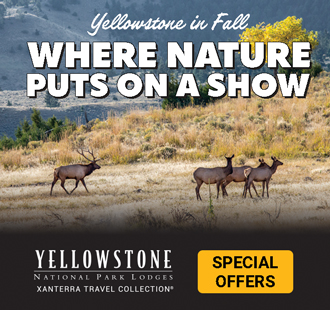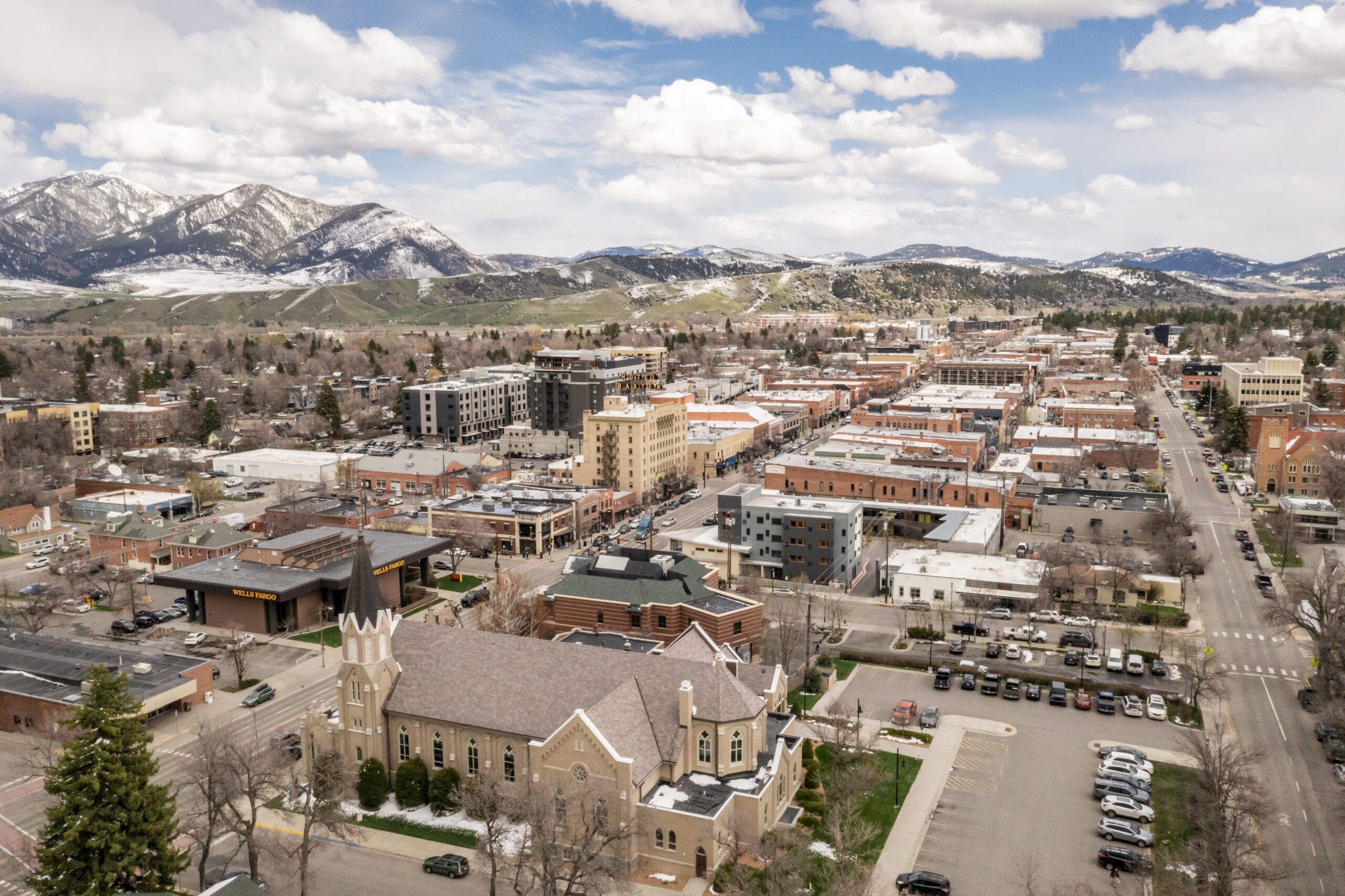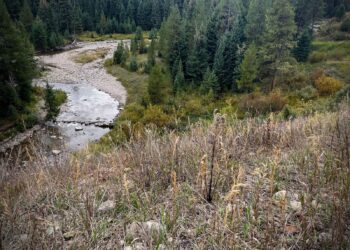
By Todd Wilkinson EBS Environmental Columnist
Earlier this year, tantalizing new research based on mastodon bones was reported, suggesting that humans might have been in North America far longer than we’ve been long lead to believe—for 130,000 years rather than the much shorter post-Pleistocene estimate of 13,000.
Whether for 130 millennia or 13, it’s a long, long time of human presence on the continent. Epic, in fact, compared to the superficial way we flag-waving “Americans” are taught to think about history, even in our own backyards of the northern Rockies.
If you’re in southwest Montana, non-pre-history “started” with the arrival of Lewis and Clark passing through in 1804 or, if in Jackson Hole, with the brief wanderings of Davey Jackson, Jim Bridger, or with the first permanent white settlers to take root five, maybe six generations ago.
We treat true native inhabitation as exotic, as if it’s an “other,” as if we still can’t seem to wrap our minds around the fact that long before the Egyptian pyramids were getting built, the Roman and Greek empires rose and fell, and “civilization” was blossoming in Mesopotamia, people were here—within viewshot of where you’re reading this, making a living.
° ° °
Tory Taylor is a man of the mountains. For 30 years, he and his wife Meredith operated a backcountry outfitting and guide service based in Dubois, Idaho, and they’ve ventured into many of the wildest corners of the Greater Yellowstone Ecosystem.
While Taylor understands and venerates the proud tradition of outfitters and guides, some of whom have been doing it for generations, he struggles mightily with the notion of “pre-history”, as if the tenure of what happened before we got here doesn’t matter.
In 1994, Taylor was on a horseback ride through the high ramparts of the Wind River Range when his boot kicked up something buried in a mat of pine-needle duff. What emerged was not a mastodon bone but a soapstone bowl. Hand-carved, its date of creation still isn’t exactly known, but it likely belonged to a member of the Mountain Shoshone, also known as “the Sheepeaters.”
In fact, additional evidence continues to be unearthed showing how the Sheepeaters roamed our region, toting a sophisticated understanding of how the natural parts of Greater Yellowstone worked because their survival, across generation after generation after generation, depended upon it.
Taylor’s book “On the Trail of the Mountain Shoshone Sheepeaters: A High Altitude Archaeological Odyssey” is not a scientific treatise. It is a breezy, 140-page volume of discovery as the author reveals where the artifacts he found led him. The trail includes his interaction with experts in archaeology and paleontology who pull back layers of human connection to the land that are invisible to most of us.
Apart from William Henry Jackson’s probably misleading and widely circulated black and white photograph of the Sheepeaters, showing a family in a wikiup, little, relatively speaking, is known about this subset of Shoshonean people.
Where Taylor’s book succeeds is in applying his own perspective as a mountain wanderer, possessing a keen appreciation for the challenges, nuances and topography of the high country. A modern hunter and gatherer himself, he contemplates nutrition via “the Paleo diet,” and travel with and without the aid of horses, and clothing and portable shelter prior to the advent of North Face.
He ponders vistas that were about staying alive instead of merely satisfying our modern, self-focused indulgence of recreating simply to have fun.
How is the ken of place different between Greater Yellowstone’s self-proclaimed 21st century “explorers” and “adventurers” and the Sheepeaters’ depth of knowledge in their era without Google maps on the cell phone and real-time weather reports warning one that it’s time to take cover?
All of this is not a total knock on our sense of reality, in which a 10,000-square-foot trophy home, hot tub and dram of Scotch awaits after a “hard mountain bike ride” or afternoon of making turns off-piste.
Taylor’s book forces us to think, to imagine the long, long, long span of time when the skills learned by living as a community in sync with nature and not in defiance of it, was the norm, not the exception.
“On the Trail of the Mountain Sheep Eaters” prompts more questions than it answers. Taylor takes us to places we think we know like the back of our hand but what we discover is something far more breathtaking.
Todd Wilkinson, founder of Mountain Journal (mountainjournal.org), is author of “Grizzlies of Pilgrim Creek” about famous Greater Yellowstone grizzly bear 399 featuring 150 photographs by Tom Mangelsen, available only at mangelsen.com/grizzly. His profile of Montana politician Max Baucus appears in the summer 2017 issue of Mountain Outlaw and is now on newsstands.














